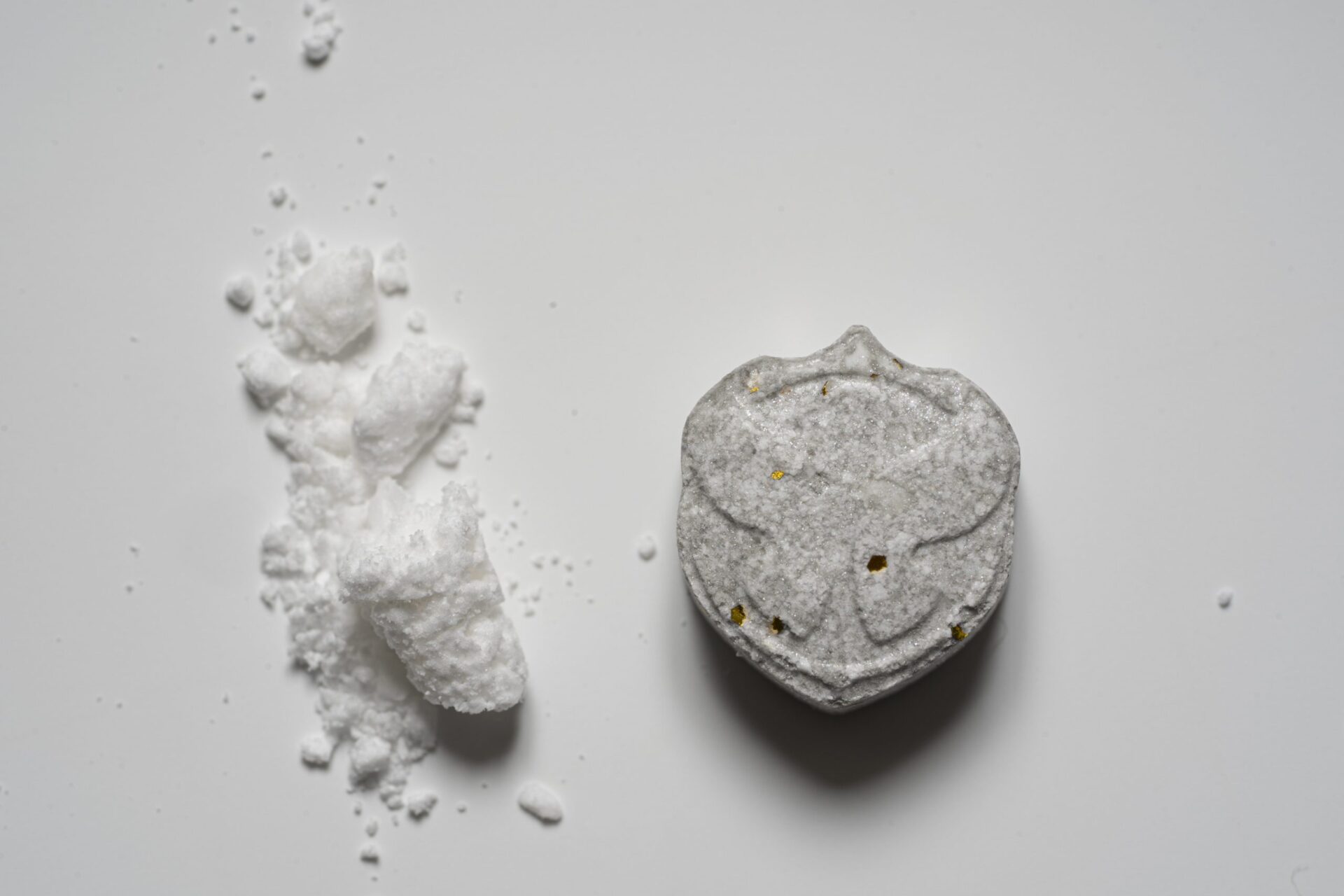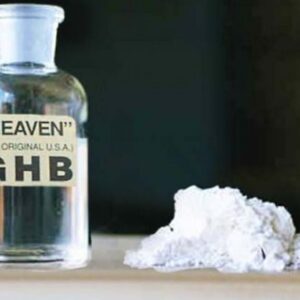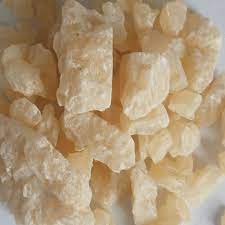No products in the cart.
$460.00 – $2,950.00
4-FA remains a significant compound for scientists exploring the effects of monoamine releasing agents. If you’re planning to buy 4-FA, ensure your work aligns with legal and ethical standards.
SKU: N/A
Category: Research Chemicals
Tags: 4-FA Online, 4-FA research powder, Buy 4-FA online lab use, Order 4-FA, Where to buy 4-FA legally
Where to buy 4-fa Online – 4-FA for sale USA
Order 4-FA Online Near Me
Initially, 4-FA was used as an adulterant, but it became a drug of choice over the last decade. Its prevalence of use among Dutch party-goers (15–35 years) increased rapidly from 9% in 2013 to 25% in 2016 and it showed a global presence on the drug market. Although 4-FA is an illicit drug in the Netherlands since 2017, 4-FA continued to be the most prominent novel psychoactive substance in the Netherlands in 2018, with 0.9% of all Dutch adults having used 4-FA in that year, compared to 2.8% MDMA and 1.1% amphetamine use.
Research Applications of 4-Fluoroamphetamine
In addition to its structural uniqueness, 4-FA has value in neuropharmacological and forensic research. Laboratories use it to study monoamine system responses, aiming to understand the effects of SNDRA compounds in controlled environments. Therefore, this compound may serve as a benchmark when evaluating newer or more complex analogs.
Where to buy 4-FA legally Patient selection
Study Group Classification Based on Substance Use. The study excluded patients who used amphetamine-type stimulants other than 4-FA, MDMA, or amphetamine. It also excluded cases where the primary emergency department (ED) complaint was unrelated to intoxication.
Researchers placed the remaining patients into three groups based on drug use:
- Mono-drug intoxication – Use of only one target substance (4-FA, MDMA, or amphetamine).
- Multi-drug intoxication – Use of one target substance plus other non-study drugs.
- Cross-drug intoxication – Use of a combination of 4-FA, MDMA, and amphetamine, with or without additional substances.
To identify the correct group, researchers analyzed SRDU data, urine toxicology screens (UTS), and serum alcohol levels. They classified any patient with a serum ethanol level above 0.1 g/L as having alcohol intoxication, which counted as multi-drug use.
Important Chemical Details
- IUPAC Name: 1-(4-fluorophenyl)propan-2-amine
- CAS Number: 459-02-9
- Molecular Formula: C9H12FN
- Form: White crystalline powder
- Boiling Point: Approx. 210°C
4-FA research powder
The powder form 4-FA remains a significant compound for scientists exploring the effects of monoamine releasing agents. If you’re planning to buy 4-FA, ensure your work aligns with legal and ethical standards. In conclusion, with proper care and documentation, 4-FA can support breakthrough studies in neurochemistry and drug metabolism.
| Dose | 100g, 250g, 500g, 750g, 1000g |
|---|
Be the first to review “4-FA” Cancel reply
Related products
Research Chemicals
$190.00 – $2,500.00
This product has multiple variants. The options may be chosen on the product page Research Chemicals
$300.00 – $2,850.00
This product has multiple variants. The options may be chosen on the product page Research Chemicals
$280.00 – $1,480.00
This product has multiple variants. The options may be chosen on the product page Research Chemicals
$250.00 – $1,500.00
This product has multiple variants. The options may be chosen on the product page Research Chemicals
$220.00 – $3,000.00
This product has multiple variants. The options may be chosen on the product page Research Chemicals
$400.00 – $5,200.00
This product has multiple variants. The options may be chosen on the product page Research Chemicals
$150.00 – $2,000.00
This product has multiple variants. The options may be chosen on the product page Research Chemicals
$270.00 – $3,800.00
This product has multiple variants. The options may be chosen on the product page 











Reviews
There are no reviews yet.